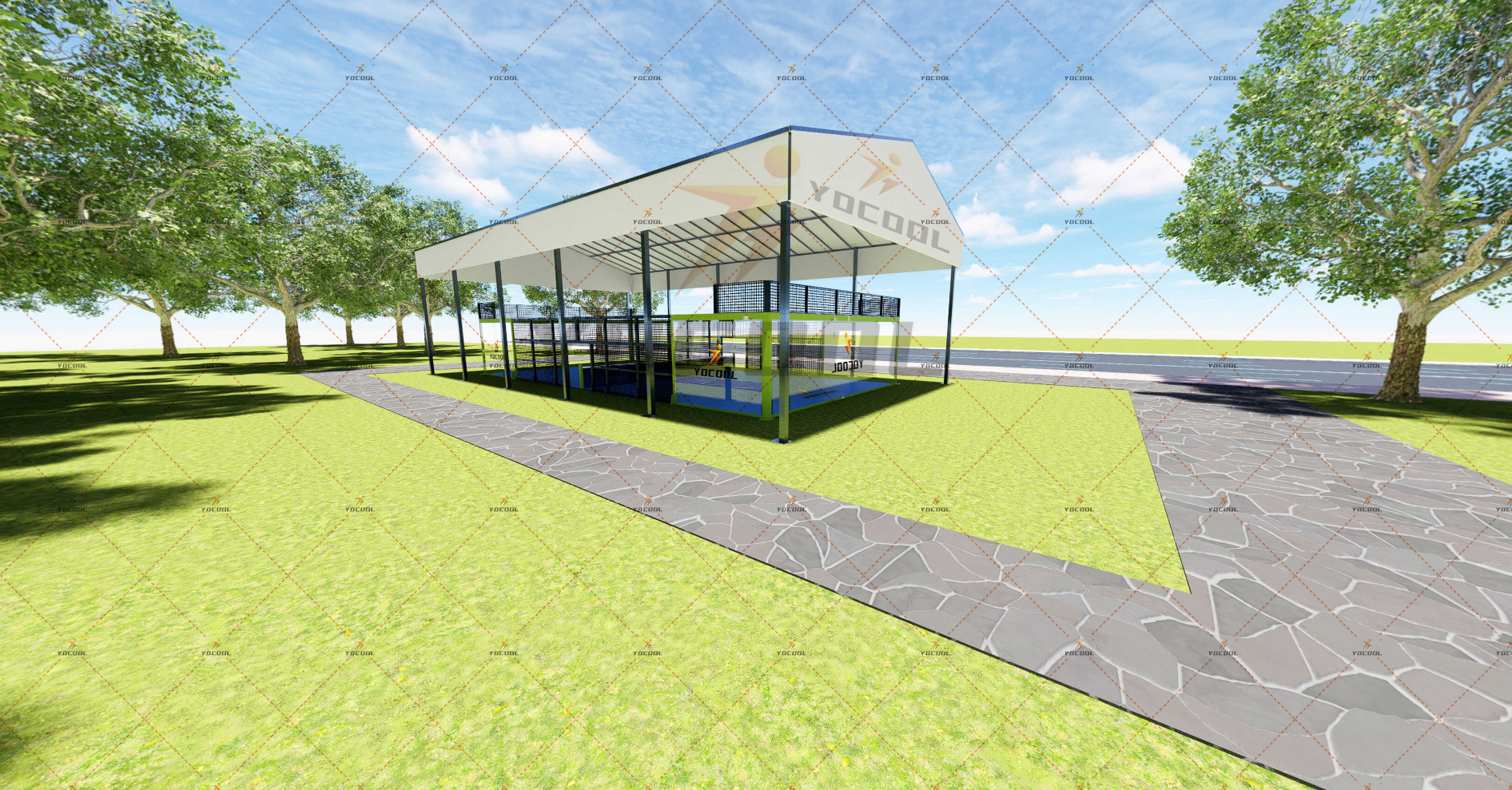

Understanding the Cost of Padel Courts Insights for Suppliers and Investors
Padel, a racquet sport that has been capturing the hearts of athletes and recreational players alike, continues to grow in popularity across the globe. As investors and local governments look to capitalize on this burgeoning sport, understanding the costs associated with constructing a padel court is crucial. This article aims to provide insights into the factors influencing the price of padel courts and what suppliers should consider when offering their services.
The Basics of Padel Courts
Before diving into the costs, it’s essential to understand what constitutes a padel court. A standard padel court is enclosed and consists of solid walls, defined playing surfaces, and specific measurements typically 20 meters long and 10 meters wide for doubles play. The surface material, type of lighting, and additional features can significantly influence the overall costs.
Key Cost Components
1. Construction Materials The most significant portion of the expenses comes from the materials used to build the court. These materials include high-quality glass for the walls, synthetic turf for the playing surface, and metal frames that support the structure. Suppliers must ensure that these parts meet professional standards, which can come at different price points. As sustainability becomes a priority for many investors, suppliers may also encounter a growing demand for eco-friendly materials.
2. Site Preparation Before installation, the site must be adequately prepared. This may involve leveling the ground, creating adequate drainage systems, and laying a solid foundation. Costs can vary depending on the existing terrain, location, and any potential environmental considerations. Suppliers should be prepared to provide insight into these additional costs.
3. Lighting and Amenities Quality lighting is essential for nighttime play, significantly adding to the court's cost. Investors may want to incorporate state-of-the-art LED lighting systems, which, while more expensive upfront, offer energy efficiency and lower long-term operating costs. Other amenities, such as seating, fences, and landscaping, also contribute to the overall budget.
4. Labor Costs The expertise required for constructing a padel court can vary, influencing labor costs. It's crucial to hire skilled labor, especially for the installation of glass walls and specialized flooring. Suppliers must factor in local labor rates and availability when providing quotes to contractors or investors.

5. Regulatory Costs Depending on the location, obtaining the necessary permits and adhering to local regulations can add to the cost of constructing a padel court. Suppliers should be well-versed in these guidelines to help clients navigate the process efficiently.
The Role of Suppliers
Suppliers play a critical role in the padel court ecosystem. They not only provide the materials and equipment necessary for construction but also offer valuable support in design, installation, and maintenance. As the market evolves, suppliers must remain agile, adapting to changing trends in padel court construction and maintenance.
Effective communication between suppliers and clients is essential. Suppliers should be prepared to educate investors on the various options available, helping them to make informed decisions that align with their budget and vision.
Market Trends Influencing Costs
As with any industry, costs associated with padel courts can fluctuate based on market demand and trends. The increasing popularity of the sport has led to a rise in demand for court installation, which can drive prices up. Additionally, global supply chain issues and material shortages, exacerbated by the pandemic, can affect availability and pricing.
Investors should also consider emerging technologies that can simplify maintenance, enhance player experience, or support sustainability initiatives, even if these come at an added upfront cost.
Conclusion
Understanding the complexities involved in the costs of padel courts will greatly benefit suppliers, investors, and park managers alike. With the sporting landscape continually evolving, there are significant opportunities for both new entrants and established suppliers in the market. By focusing on quality, efficiency, and responsiveness to market trends, suppliers can position themselves as leaders in the booming world of padel. As the sport continues to gain traction globally, the demand for well-constructed, high-quality padel courts will likely remain robust, presenting a promising avenue for growth and investment.
High-Performance Industrial Flooring Solutions China Paddle Tennis Court for Sale
High-Performance Industrial Flooring Solutions Durable & Cost-Effective
Homogeneous Transparent Floor – Durable & Stylish Rubber Floor Solutions
Premium Homogeneous Transparent Floor for Durable & Stylish Spaces Rubber Floor Solutions
Premium Sports Floor Solutions Durable PVC Sports Floor & Rubber Floor for Gyms
Durable Rubber Composite Floor Premium Rubber Floor & Mats Solutions